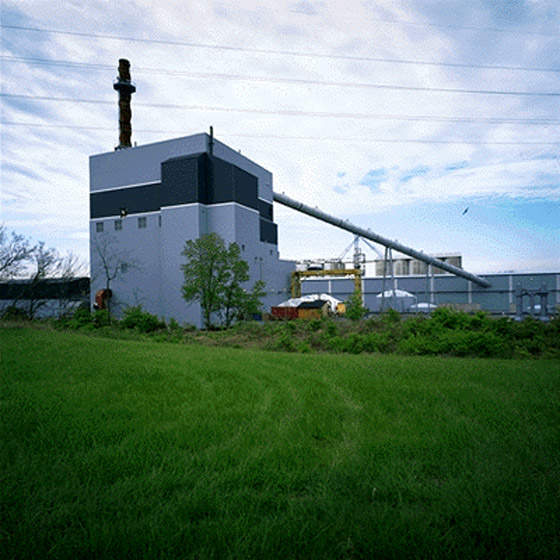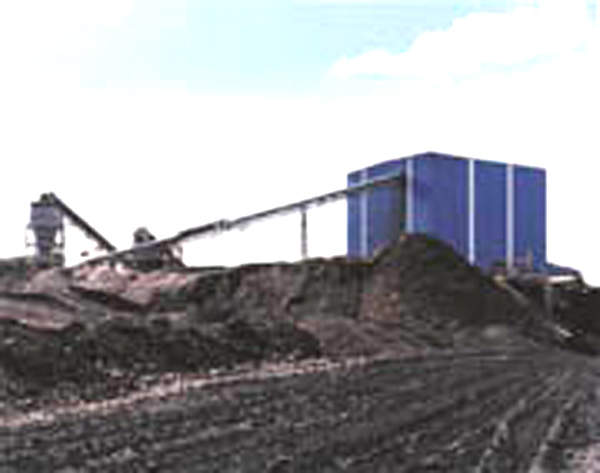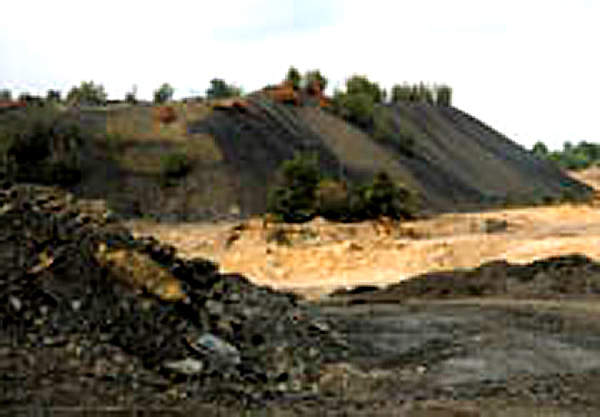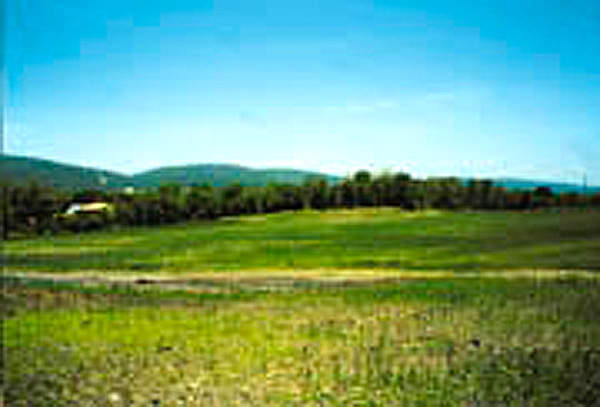The Northampton plant is a circulating fluidized bed (CFB) plant located near Allentown, Pennsylvania, primarily supplying steam to an adjacent pulp and paper mill, together with electricity. Fired on culm, an anthracite waste by-product, the 110MWe (277MWt) facility, which has been in operation since 1995, features a CFB boiler designed and supplied by Foster Wheeler.
Since delivering the world’s first CFB unit for power generation in 1979, a modest 5MWe unit, Foster Wheeler supplied over 210 CFB units and was contracted to supply the world’s first supercritical CFB boiler, a 460MWe unit, in 2003.
Major environmental benefits
The Northampton project highlights the potential of CFB boilers to use a wide range of fuels with low levels of emissions and without the need for secondary flue gas systems. Fuels include hard-to-burn fuels, low-grade fuels and waste such as culm and gob, a bituminous coal waste.
The inherently low-emission performance of CFB combustion is supplemented at Northampton with an aqueous ammonia injection system to reduce NOx and a baghouse with fabric filters to capture fly ash and other particulates. Overall, NOx and SO₂ emissions are 85% to 95% lower than those of older plants in the area.
In its first 25 years of operation, the Northampton plant was projected to use more than 14 million tonnes of culm (approx. 545,000t/a) and thereby contribute to the reclamation of a significant area of land in the anthracite mining region of Pennsylvania. Alkaline bottom ash is transported to the sites of abandoned mines where it helps to prevent further groundwater contamination by neutralizing acid drainage.
The Northampton plant received the Governor’s Award for Environmental Excellence from the DEP in 1996 in recognition of its environmental performance, integrity and stewardship.
Circulated fluidized bed combustion
Combustion in the Northampton plant takes place in a hot fluidized bed, consisting of culm, silt (another anthracite waste by-product) limestone (to absorb sulfur) and ash. NOx emissions are minimized thanks to the boiler’s relatively low combustion temperature (approx. 920°C) and the long residence time of the fuel in the furnace. Long residence time also contributes to inherently low emissions of carbon monoxide.
Together with the vigorous mixing of materials in the fluidized bed and the uniform combustion temperature throughout the furnace, these factors make for high combustion efficiency. Two cyclones are used to return as much ash and unburned carbon as possible to the furnace for re-combustion and enhanced sorbent utilization.
Advanced furnace design
The unit’s three superheat and two reheat stages are a combination of in-furnace and backpass surfaces. The primary superheater panels are placed between the rear and front walls of the furnace. The intermediate superheater is located on the front wall of the furnace. The finishing superheater is in the first section of the backpass. The finishing and primary reheaters, economiser and air preheaters follow.
Culm, silt and limestone are delivered by truck. A mixture of culm and up to 50% silt is fed into the furnace through four feed points. Eight injection points are used to feed limestone.
The plant is designed to generate 100kg/s of steam at 174bar and 540°C. Steam in the reheat cycle is generated at 92kg/s, 39bar and 540°C.







